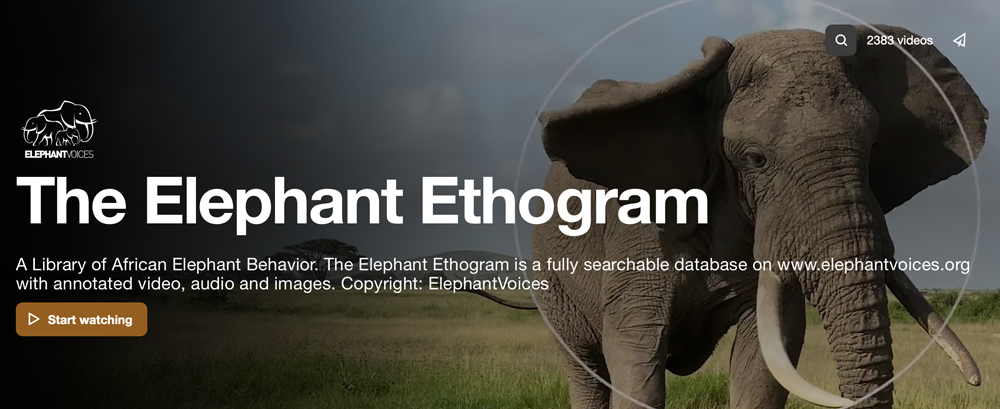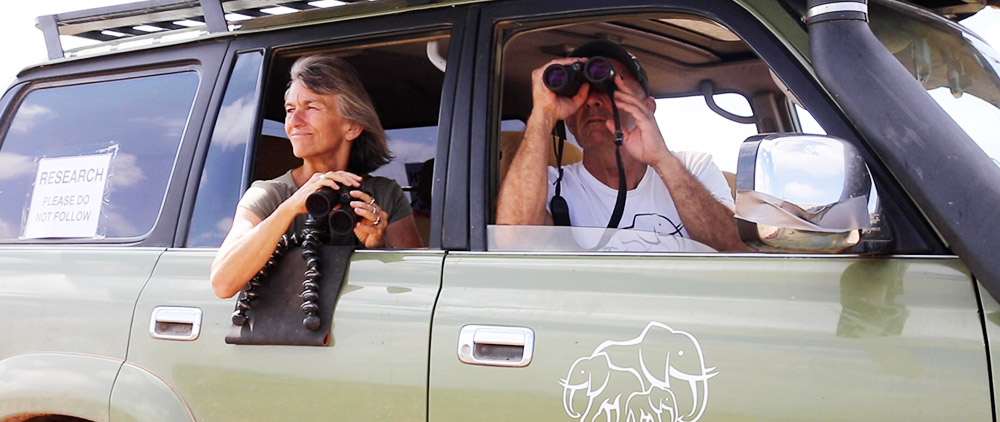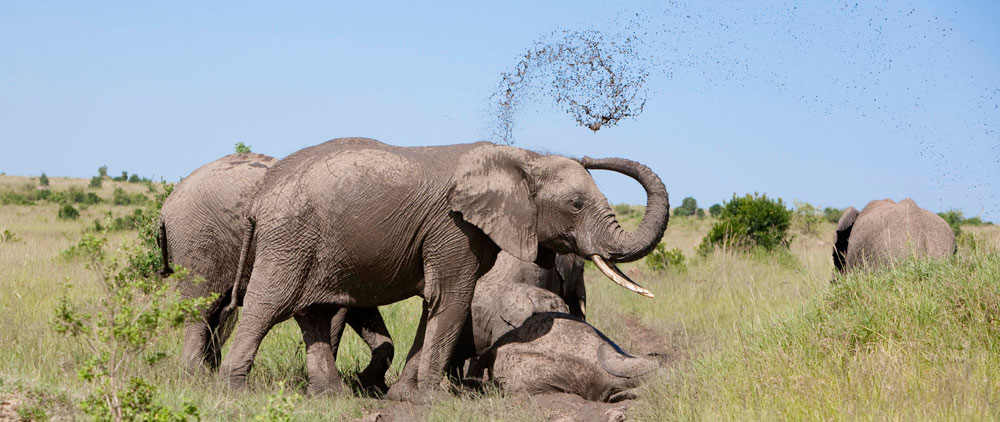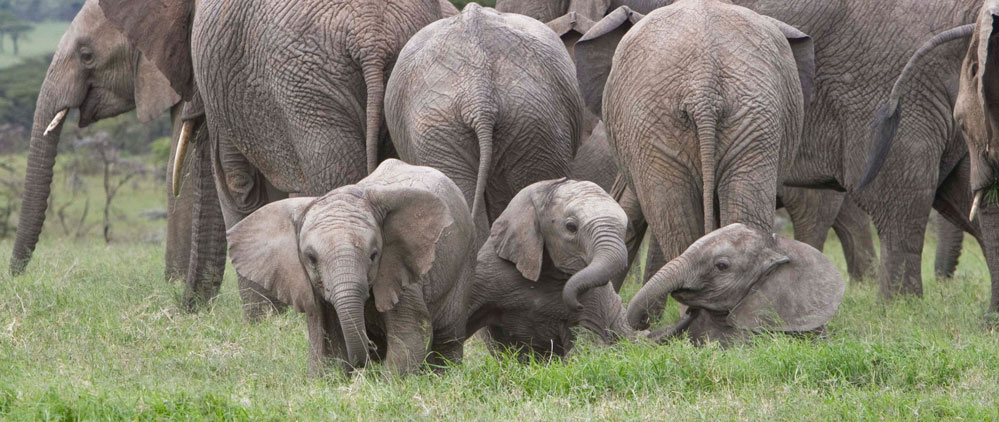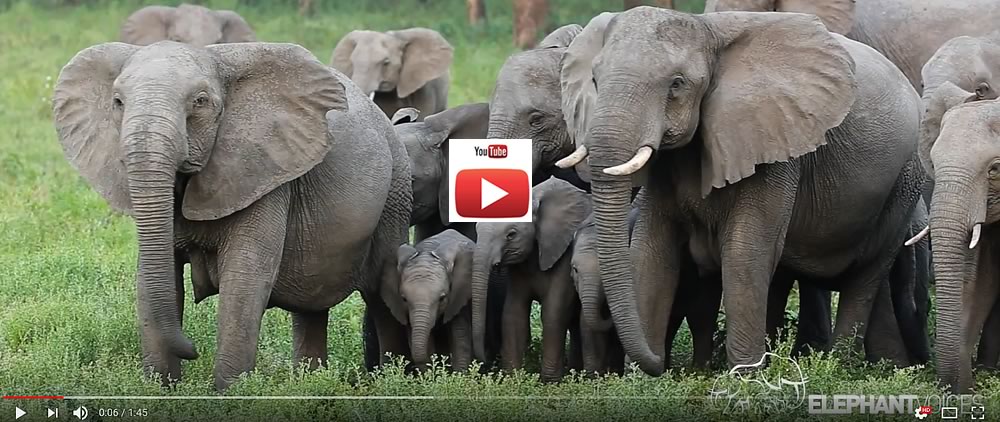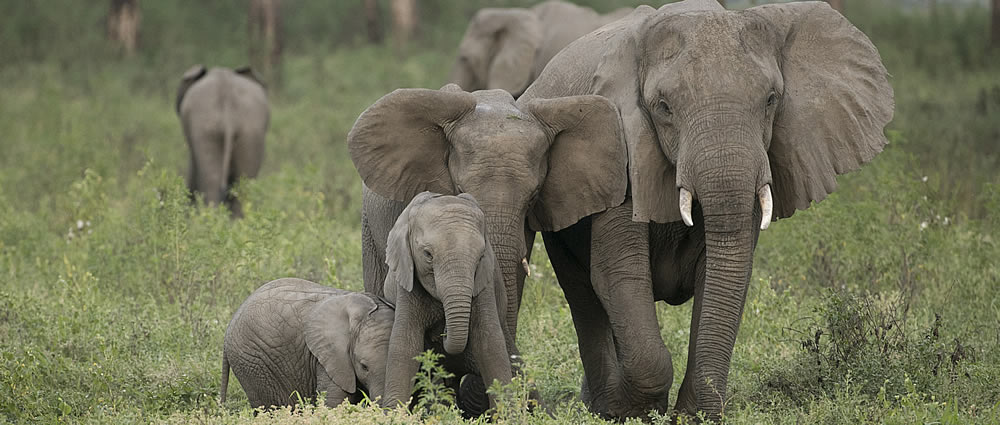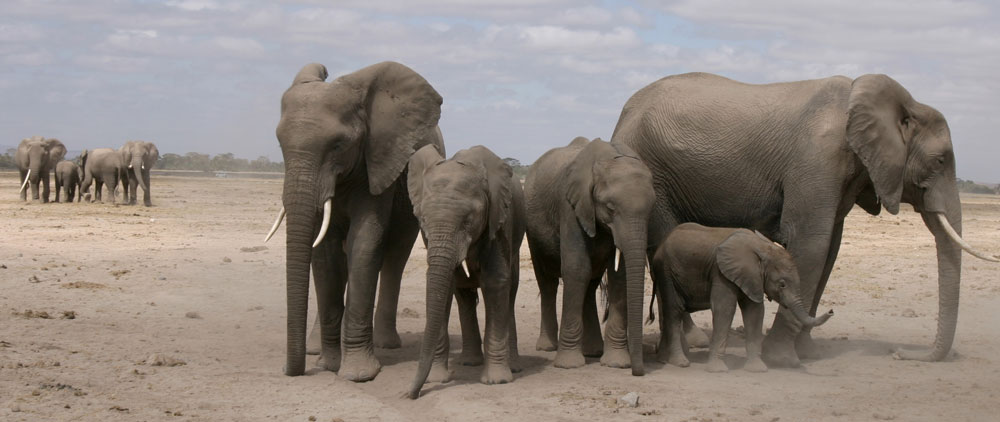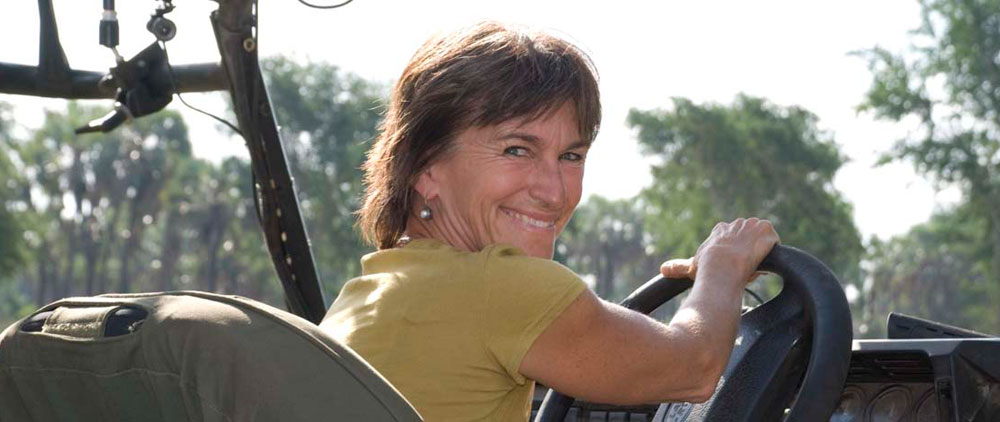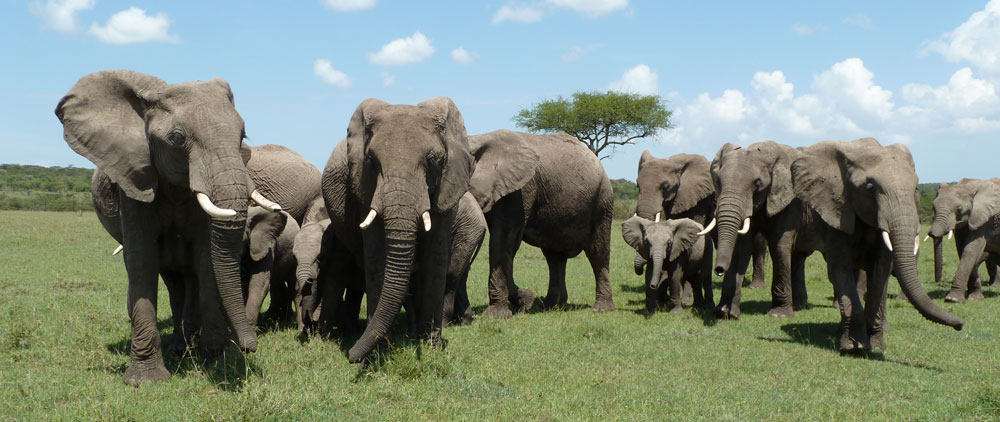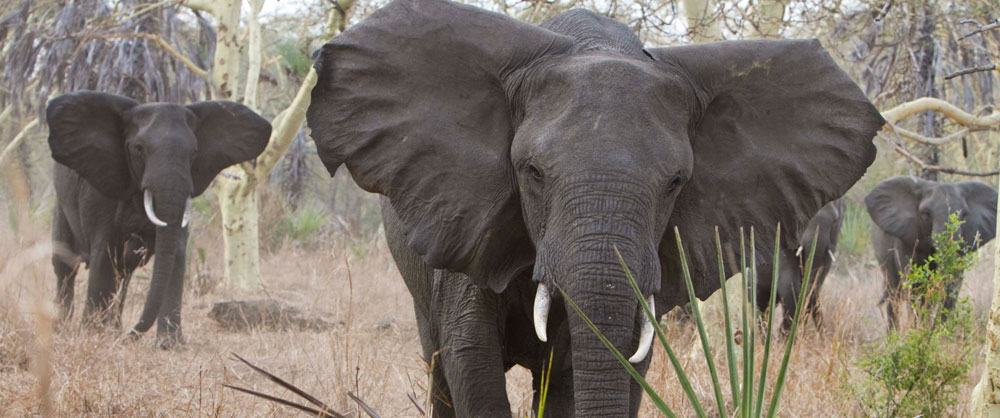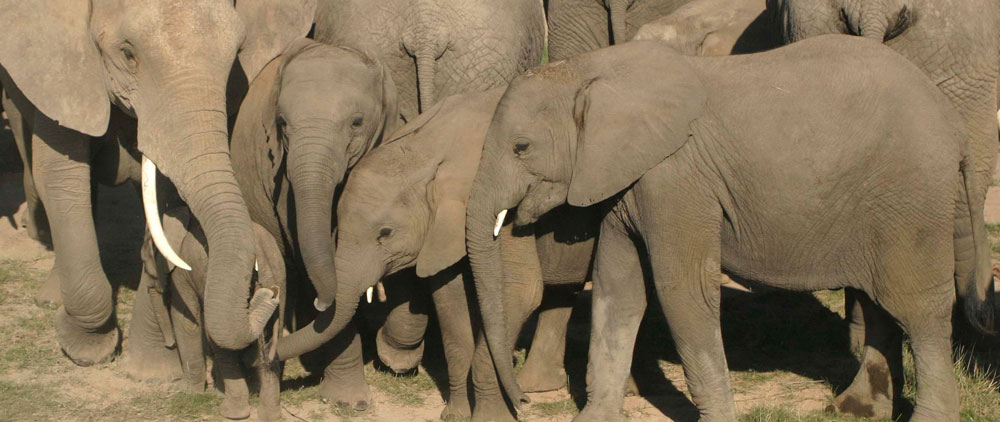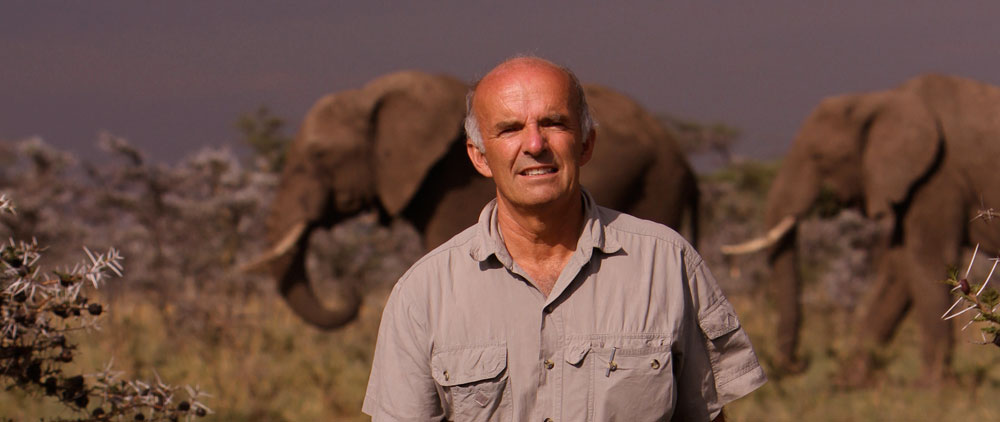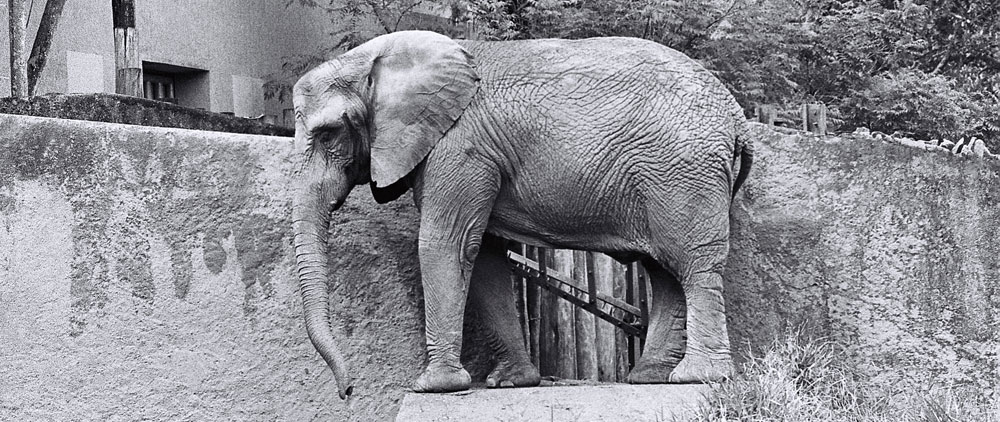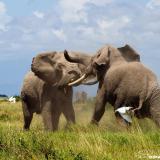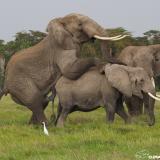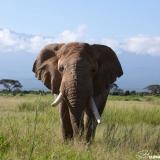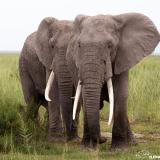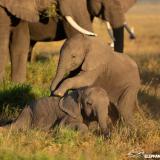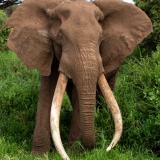elephant partners
-
Elephant Partners - Maasai Mara
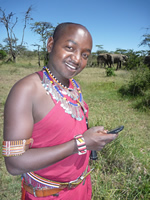 In early 2011, ElephantVoices launched a citizen science elephant conservation project in the Maasai Mara ecosystem, known as "Elephant Partners". Our goal was to develop a working model for citizens to monitor and protect elephants. This initiative was made possible through support from the generous organisations and inviduals listed at the bottom of this page.
In early 2011, ElephantVoices launched a citizen science elephant conservation project in the Maasai Mara ecosystem, known as "Elephant Partners". Our goal was to develop a working model for citizens to monitor and protect elephants. This initiative was made possible through support from the generous organisations and inviduals listed at the bottom of this page.Our concept was to connect individual people - guides, scouts, researchers, photographers, tourists, people of the Maasai Mara and all those who care - with the lives of individual elephants. Through use of social and educational media, our intention was to develop a community sharing knowledge of the Mara elephants and working together to protect them.
We wrapped up our work in the Mara in mid 2016, ensuring that the conclusions of Elephant Partners were incorporated into national and county level spatial and development plans. The overarching results of our project can be found in the collaborative report: Mara ecosystem connectivity: Information on elephant population status and movements for spatial planning and conservation in Narok County (A click on the link will download low resolution version of report, size 3,8 mb).
Citizen Science in the Mara
We built a fully searchable online elephant ID database for storing information, photographs and identifying
-
History
Joyce Poole has studied the social behavior and communication of African elephants for over thirty five years and has dedicated her life to their conservation and welfare. The inspiration for her life's work came from a childhood in Africa, a father with a love of nature, and a lecture by Jane Goodall that she attended at the age of eleven. She began her work with elephants at the age of 19 in Amboseli National Park studying there under mentor, and Director of the Amboseli Elephant Research Project, Cynthia Moss.
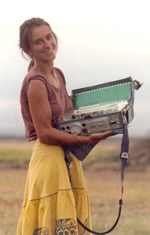 Decades-long study of elephant behavior and communication
Decades-long study of elephant behavior and communicationIn Amboseli, Joyce's early work focused on the social and reproductive behavior of male elephants. Discovering in 1978 that African male elephants experience a heightened sexual and aggressive period known as musth, led her to carry out detailed study of their socio-sexual behavior. In the mid 1980s, she extended her study to elephant communication, first concentrating on the signaling patterns between males in musth. The very low frequency sounds produced by male elephants led to work with Katy Payne, and the finding that, like their Asian cousins, African elephants use sounds below the level of human hearing. Together, Joyce and Katy turned their attention


